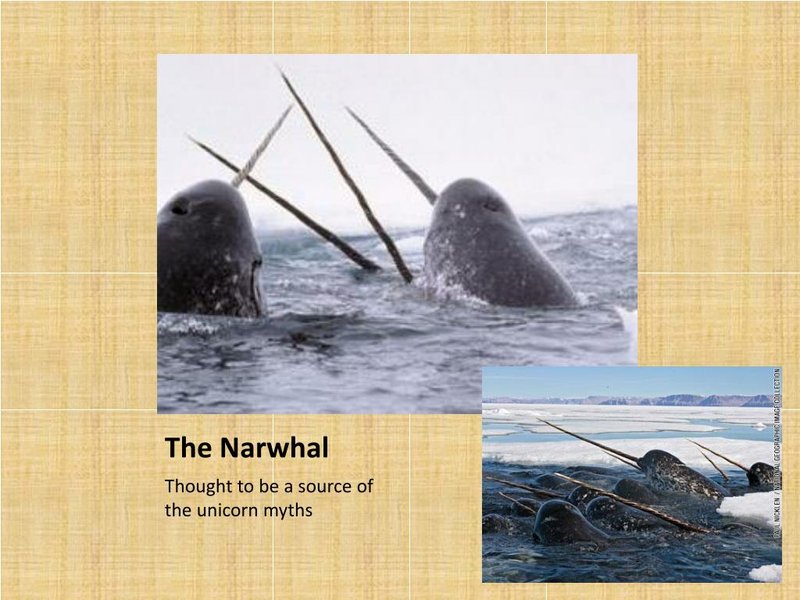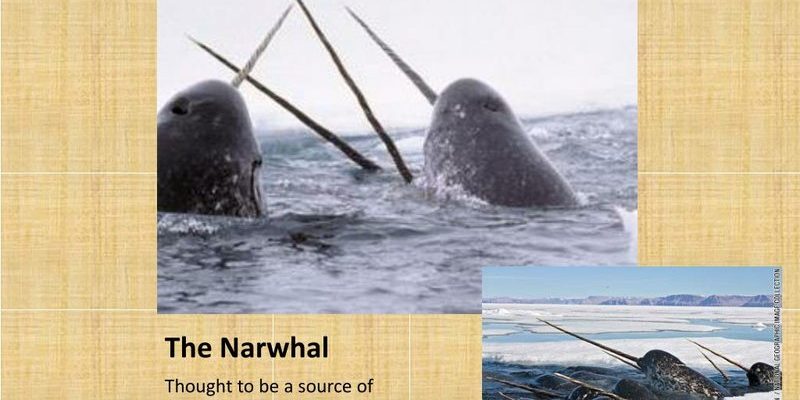
Imagine the narwhal gliding through icy waters, navigating the frigid depths much like we’d navigate busy city streets. Over millions of years, the narwhal has developed traits that not only help it survive but thrive in a challenging habitat. Understanding this journey isn’t just about biology; it’s about appreciating the intricate web of life that exists beneath the ocean surface. So, grab a warm drink, and let’s dive into the *evolutionary history of this remarkable marine mammal*.
The Origins of Narwhals
To understand the narwhal’s journey, we have to go back in time—way back! Narwhals belong to a family called Monodontidae, which also includes beluga whales. Their ancestors swam in the oceans millions of years ago, adapting to life in cold waters. The earliest relatives of narwhals are believed to date back to the late Miocene epoch, around 10 million years ago.
During this period, the oceans were different, with varying climates and ecosystems. Narwhals evolved from more primitive marine mammals, developing unique traits over generations. What’s fascinating is that their bodies adapted to suit their icy surroundings, evolving thick blubber for insulation and a streamlined shape for efficient swimming. Imagine wearing a heavy winter coat while trying to run; that’s like trying to swim without the narwhal’s adaptations!
The Tusks: A Unique Trait
One of the most captivating aspects of the narwhal is its tusk. This elongated tooth can grow up to 10 feet long! But why have narwhals developed this remarkable feature? The tusk isn’t just for show; it serves multiple purposes.
Many scientists believe that the tusk functions as a sensory organ. It can detect changes in the environment, helping narwhals find food and navigate. Additionally, males often use their tusks in social interactions, like establishing dominance or attracting mates. It’s almost like a fancy decoration but with a lot more significance! Think of it as a peacock’s feathers but underwater.
Moreover, not all narwhals have tusks. In fact, about 15% of females lack one. This variation may reflect differing roles between genders in the narwhal community. While males may show off their tusks for mating, females focus on nurturing. This dynamic adds another layer to understanding the *evolutionary journey of the narwhal*.
Narwhals live primarily in the icy waters of the Arctic. This environment comes with a unique set of challenges. The cold temperatures and pack ice make it essential for narwhals to have specialized adaptations. Their thick blubber layer not only keeps them warm but also provides energy reserves, which is vital when food is scarce.
Narwhals feed on a variety of prey, including fish, squid, and shrimp. They’re skilled divers, often reaching depths of over 1,500 meters (nearly a mile) in search of food. Picture a brave diver holding their breath as they explore the depths of the ocean—that’s the narwhal, showcasing its incredible ability to thrive in extreme conditions.
The ice also plays a crucial role in their survival. Narwhals use ice as a platform to rest and breathe, popping up through holes in the ice to get air. This reliance on their freezing habitat underscores the relationship between the narwhal’s evolution and the environment.
Social Structures and Behavior
The social lives of narwhals are just as intriguing as their physical traits. They are known to form tight-knit groups called pods, usually consisting of about 10 to 20 individuals. These social structures are essential for survival, as they provide protection from predators and support when foraging for food.
Within these pods, you’ll find a mix of behaviors: from vocalizations to cooperative hunting techniques. It’s almost like a family gathering, where everyone has a role to play. The dynamics of a pod can change with the seasons, especially when narwhals migrate to different areas in search of food or breeding grounds. This adaptability speaks to their ability to navigate not just physically but also socially.
Here’s the thing: understanding narwhal social structures gives us insights into how they communicate and cooperate, revealing more about their evolutionary journey. Their behaviors might adapt over time, shaping not only their survival chances but also their cultural patterns.
Threats and Conservation Efforts
As enchanting as the narwhal is, it faces several threats today, primarily due to climate change and human activities. The changing climate affects Arctic ice patterns, which in turn impacts narwhal habitats. As the ice melts, narwhals may struggle to find suitable places to hunt and rest, forcing them into new territories.
Additionally, hunting has also posed a threat, especially in certain indigenous cultures that rely on narwhals for sustenance. Conservation efforts are critical to ensure that this population remains stable. Organizations are working tirelessly to create awareness and protect these magnificent creatures, working to balance their survival with the needs of local communities.
Efforts such as monitoring populations, establishing marine protected areas, and conducting research on their behavior and habits play a vital role in preserving the narwhal’s future. The journey of the narwhal is not just about its past; it’s also about ensuring it has a place in our oceans for years to come.
The *evolutionary journey of the narwhal* is a testament to nature’s ingenuity. From their ancient ancestors to their unique adaptations, these magnificent creatures remind us of the complexities of life in the ocean. Their tusks, social structures, and survival strategies reveal a fascinating story that connects them deeply to their environment.
So, the next time you think about narwhals, remember that they are not just mythical creatures of the sea. They are resilient survivors shaped by millions of years of evolution. With ongoing conservation efforts, we can help ensure that future generations will marvel at these incredible beings. After all, protecting their journey is part of protecting our planet. Let’s keep the narwhal’s incredible story alive!

